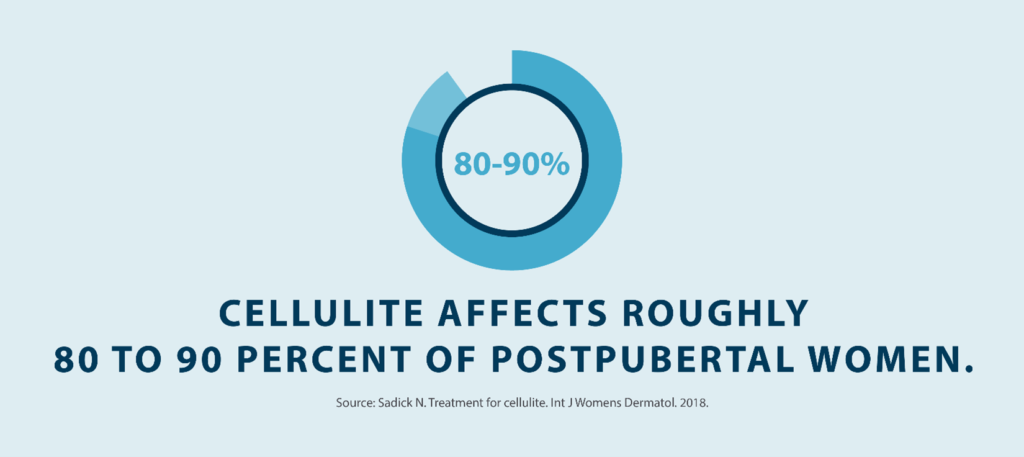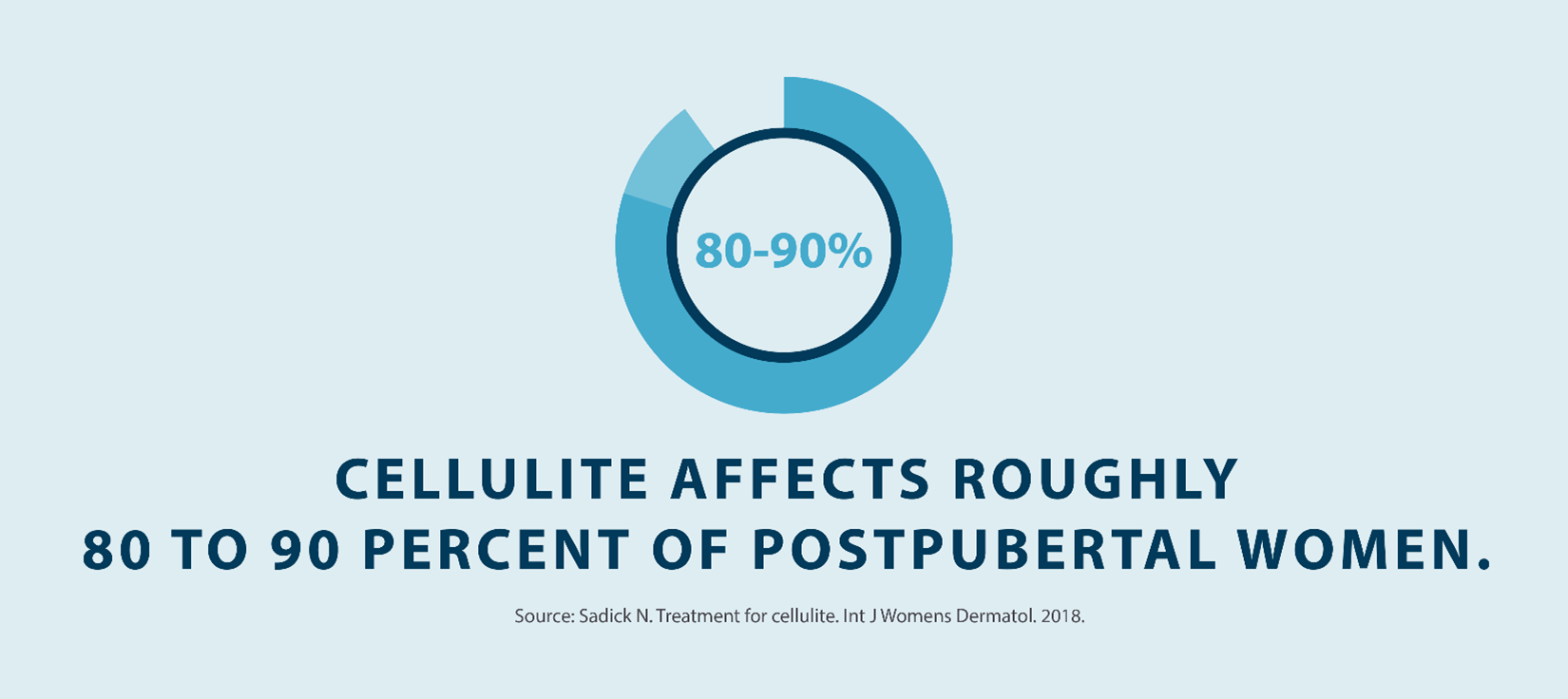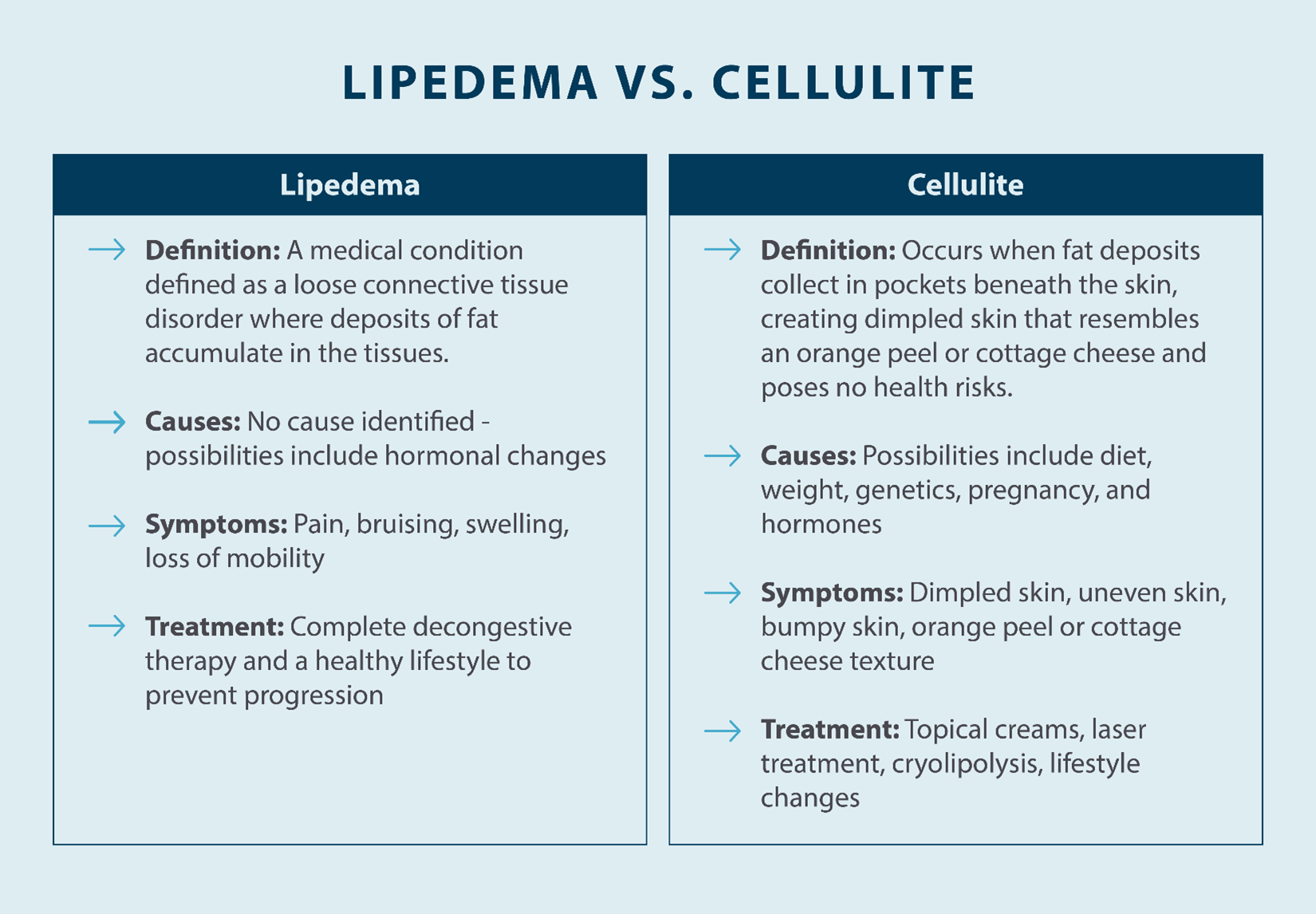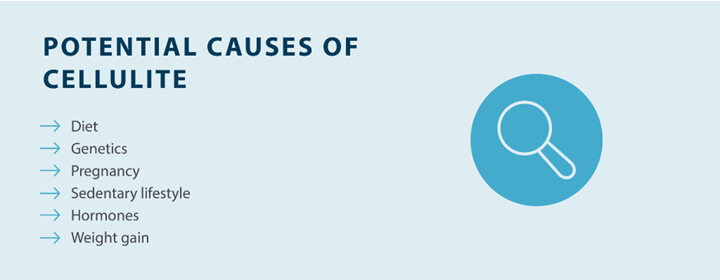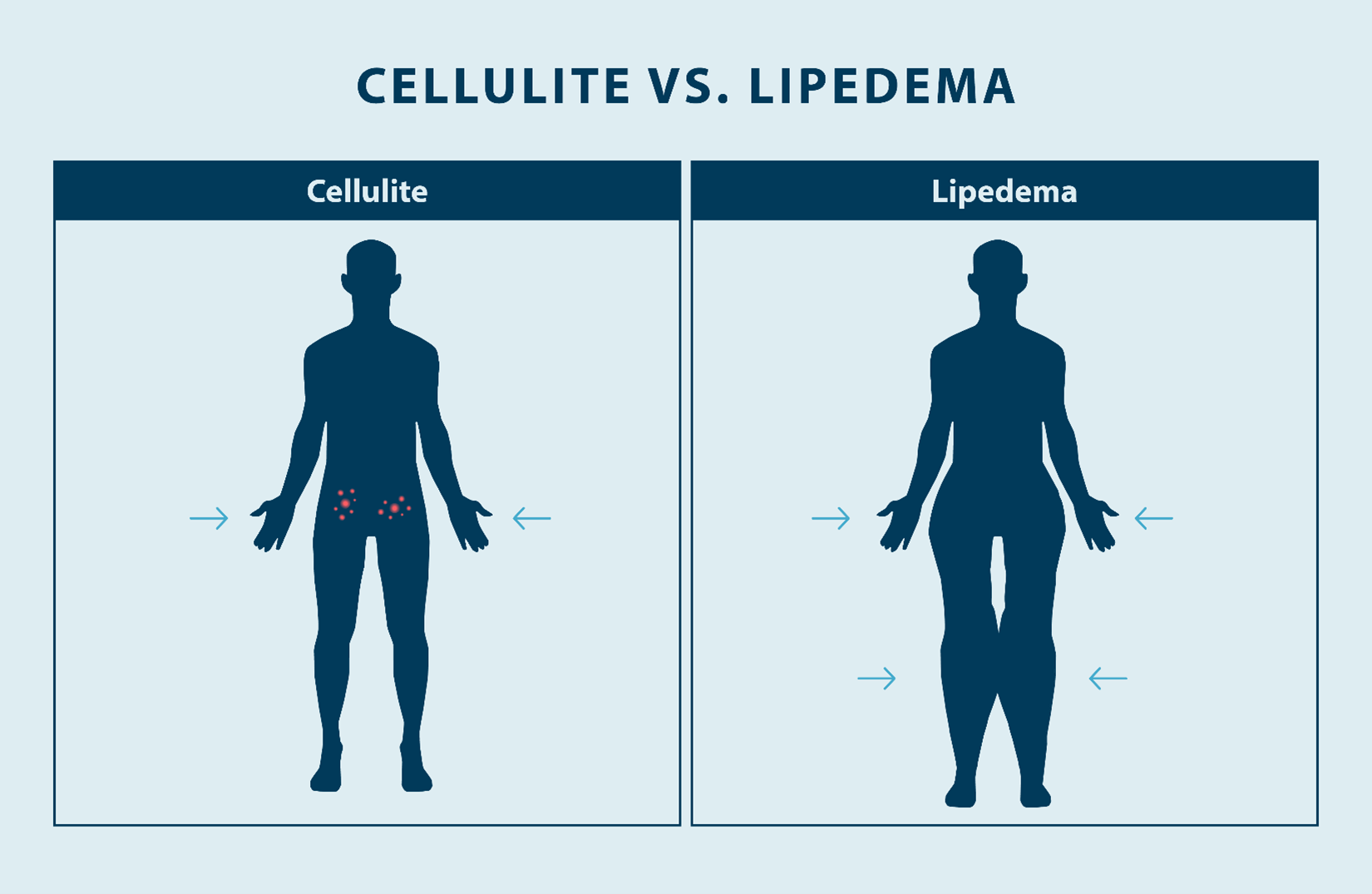Stage Three Lipedema
Stage 3 lipedema is a significant progression in this complex and often misunderstood loose connective tissue disorder. This most advanced lipedema stage brings substantial physical changes and challenges beyond those seen in earlier phases. The disproportionate fat deposits, distinctive skin alterations, and increased discomfort create a condition that’s frequently mistaken...
Read More
